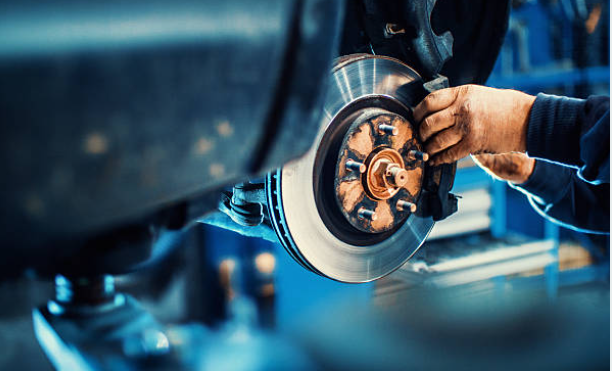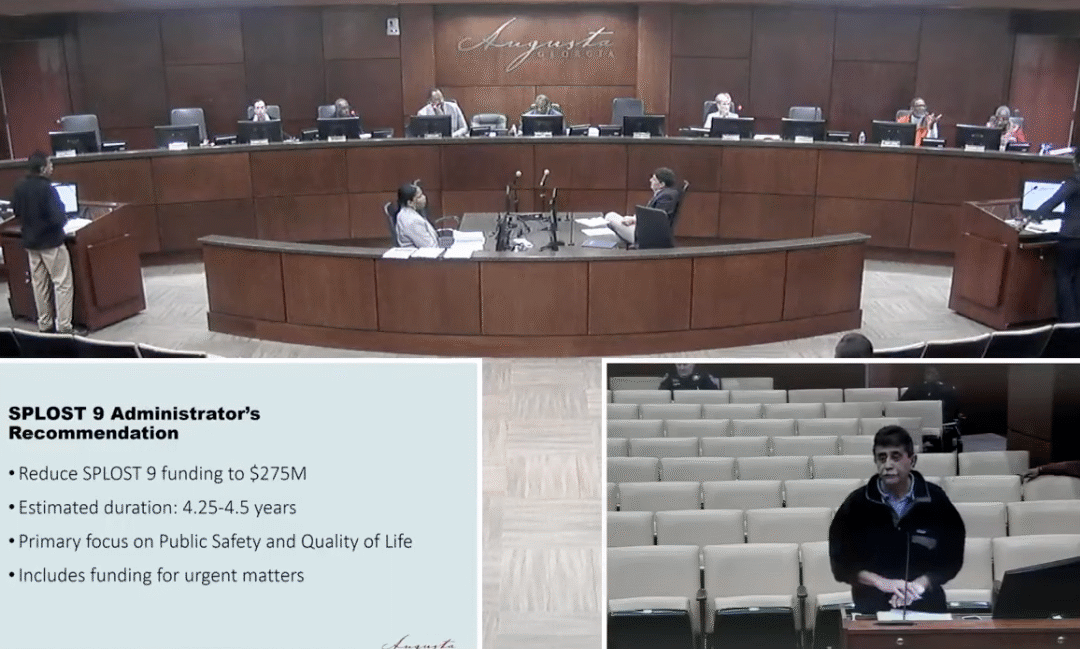President Trump’s tariffs aimed at Chinese imports go into place next week, adding a 25% fee on any automotive parts coming to the United States.
Owners vintage foreign automobiles aren’t the only ones in America that are in for sticker shock to replace an alternator on their classic BMW, most replacement parts for new “American” cars are produced overseas, kind of like the Johnny Cash song, “One Piece at a Time.” Just because it says “Mopar” on the box does not necessarily mean the part was made in America.
A letter to the administration penned on April 22 by the leadership of Toyota, General Motors, Volkswagen, and Hyundai to the Trump administration, warned of supply chain interruption, job losses, and price increases. The letter was also endorsed by the American Automotive Policy Council, which not only represents car manufacturers, but the National Auto Dealer Association and the Vehicle Suppliers Association.
There has been no reply to this letter as of the time of this writing.
When looking at the finished product on the sales lot a dealer, you are looking at a culmination of thousands of individual parts, processes, and labor actions. As we learned during the COVID-19 pandemic shutdowns of the past few years, it only takes one or two parts to stall that product from ever getting to buyers in the United States and can cause delays and worker layoffs at domestic factories.
The resulting fallout from supply chain adjustments still has average new car prices up 20% according to Reuters.

While the argument is that the tariffs will go both ways, China uses hardly any parts that are made in the United States. They also do not export their cars here for a variety of reasons, such as being sued for patent theft.
This week at the annual Beijing Auto Show, the tariff subject was the first thing that came to everyone’s minds and was a huge part of the opening day.
While Trump’s tariff strategy is reportedly being used to even the score with the Chinese trade surplus, one must remember that the parts used by automotive manufacturers cannot be made domestically as quickly as the tariffs can be issued. Even if American manufacturers decided to move manufacturing stateside, it would take years to get the infrastructure in place and it might still be a gamble in hiring a workforce to assemble the cars and build the replacement parts, because these days, many people believe a factory job is beneath their talent and abilities.
Other countries, especially China and underdeveloped nations in Africa and South America do not have minimum wages, OSHA and government mandated benefit packages such as health insurance and disability coverage. If a worker gets sucked into a piece of machinery, they are replaced almost before the body of the dead worker is removed and there is no compensation for the grieving family. Heck, those countries don’t even statutes guaranteeing coffee breaks; therefore, the prices on those goods, if produced domestically, would likely rise to levels even higher than tariffs create.
The argument can also be made that domestic manufacturers should have seen this coming and started domestic production a long time ago.
Either way, a 100% American made automobile is years in the future, in my opinion. Trump made it clear on the campaign trail that he planned to level the playing field when it came to trading with other nations. I will certainly admit that other countries have been taking advantage of America for years and something needed to be done, we will just have to wait and see if the pain we see at the NAPA cash register is worth it in the long run.
Trump has also hinted at negotiations on the tariff percentage and even exemption of certain sectors. A 10% tariff was enacted in February, and now it sits at 145%, which is quite the uptick for a few months’ time. Currently China has a 125% tariff on goods from the United States as retaliation. Trump also oddly stated in an Oval Office press conference that he may lower tariffs if China works a deal to divest from TikTok, which has nothing to do with any of this.
“Maybe I’ll give them a little reduction in tariffs or something to get it done, you know, because every point in tariffs is worth more money than TikTok,” he stated.
Tariffs are just another problem stacked on top of many for automakers that build in the United States. With high inflation, electrification woes, labor disputes, and consumer sentiment being low, sales were sure to drop even before this became an issue.
It is also true that automotive companies aren’t the only victims here, as any retailer selling low-cost items sourced overseas will see a claw back of sales and income. The biggest loser in this will be the consumer, whose dollar will not go nearly as far as it used to.
“I don’t want anything to go down. But sometimes you have to take medicine to fix something,” Trump stated to reporters about the decline of the market and losses taken so far.
While time will tell if the Trump plan will be good for domestic manufacturing, at least in the short term there will be pain with every swipe of the credit card and click of the mouse on families that are already struggling to buy eggs.
As for me, I will see you on the road!









